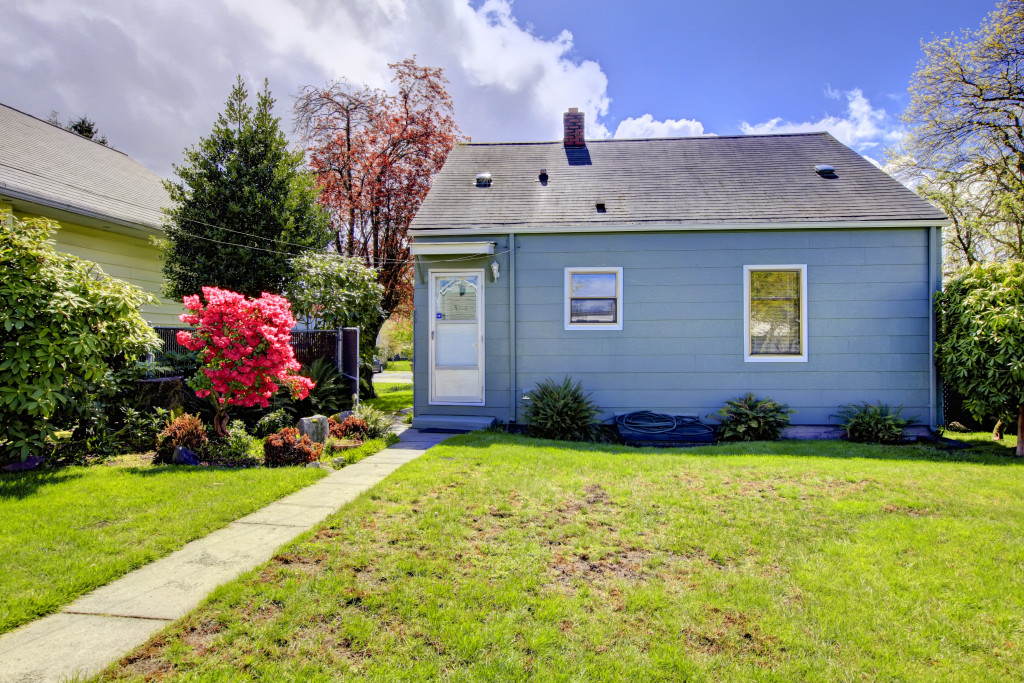If you are one of the lucky few who have the yard space for a garden, put a tree there. A good tree in just the right spot can create an invigorating and, at the same time, relaxing outdoor space. But choosing a tree (or trees!) for your yard is a decision you should make with a few considerations.
Besides that, there are hundreds of varieties to choose from, adding a tree to your yard time and money-intensive endeavor. This article hopes to help you refine your search for the best tree for your yard with some suggestions and fairly simple strategies.
Excellent Trees for Your Yard
Magnolia
Nothing provides color to the world quite like flowers do. If you want a flowering tree in your landscape, the Magnolia is one of the more vibrant species of spring-blooming trees.
Apple
Another kind of spring-perfect tree would be apple trees. Apple trees are not just about growing fruit, as apple trees are also known to be gorgeous bloomers. Go with crabapples if you do not wish to grow edible fruit in your yard.
Maidenhair
Maidenhair trees (or Ginkgo biloba) are likewise great in autumn and summer because of the interesting form of their leaves. Maidenhairs are green during the summer and turn golden when autumn sets in.
Sugar Maple
Sugar maples are native to North America and Europe and are gorgeous autumn trees. Being characteristically large, sugar maples will make excellent shade for the summer. Their range (some up to 60 ft.) also emphasizes their vibrant autumn colors.
Katsura
For smaller yards, smaller trees such as the Katsura will be more suitable. These trees have colorful foliage almost all year long: purple and bronze during the spring, green and bronze in their summer, and orange and bronze come autumn.
Blue Spruce. Many trees are in full bloom in the spring, summer, and fall. Winter brings with it a whole different story. Foliage from trees is virtually gone during the snow months, save for the evergreen trees. Blue Spruce not only livens up your snowed-up yard but sets you up for Christmas nicely.

How to Choose the Perfect Trees for Your Yard
Assess the space for growth
The dimensions of your planting space are a huge factor to consider. So are the characteristics of the space — are you planting near a fence, a shed, or other plants? Determine how much room the tree has to reach its full growth (length, width, height) without obstacles. This should significantly refine your options for what kind of tree is suitable.
Trees are categorized into two major groups in terms of size: ornamental and shade. Ornamental trees are generally small, growing no more than 30 feet in height and just between 10 and 20 feet wide. On the other hand, shade trees grow to 30-60 ft. or more both upwards and sideways.
Decide on the tree’s purpose
Before reading up on the different types of yard trees, ask yourself what you want the tree to contribute to your landscape. Is it for shade, aesthetics, or a play space for the kids? Or all of the above?
Know your yard’s growing conditions
First, find out what your hardiness zone is to determine which trees will survive the winters in your location. The next things to note are the growing conditions of your planting area, such as your soil type, how much light you get, and the moisture levels.
Either this narrows down your options for trees, or you make adjustments to your growing conditions to match the tree you want. For example, you may compost your soil for better drainage or install an irrigation system to accommodate a water-intensive tree.
Consider your outdoor conditions
How are your outdoor areas laid out? Do you have a patio or alfresco dining area that might be infringed on by low-lying branches? Remember, too, that trees shed periodically. You may want to avoid tree varieties that drop many leaves, fruit, or twigs with every breeze. In other words, choose a tree that you can co-exist with.
Just remember that with great trees come great responsibilities, too. Trees offer shade, freshness, beauty, even nourishment. Give your trees the care they deserve. Your trees won’t be able to give so much once bugs, fungi, or animals harm them. If you’re planting trees in your yard, make sure you have a trusted tree service professional on your phone book.
